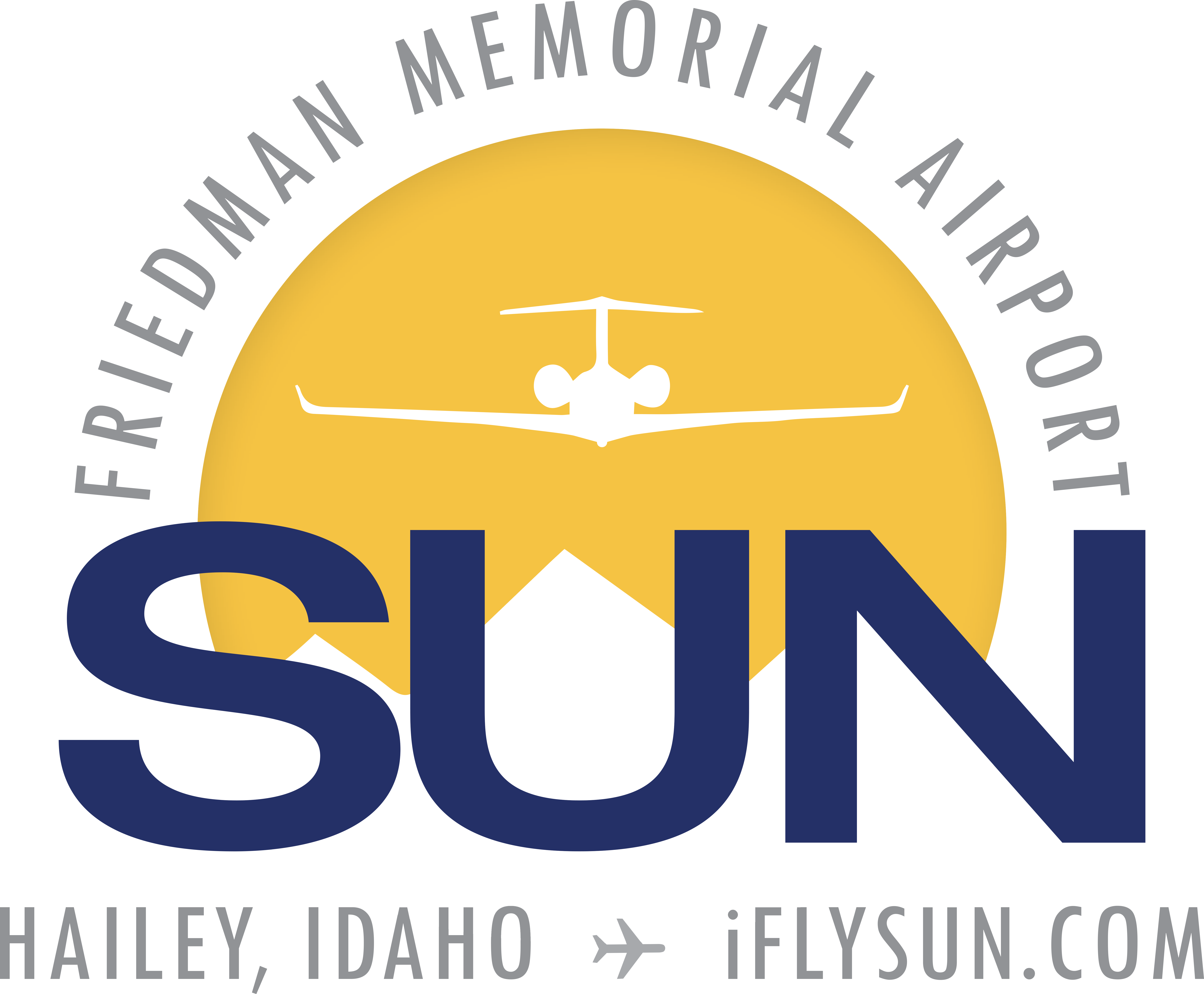After a record-breaking winter, we were able to catch up with Todd Emerick, our operations manager. Although we expected a relatively mild winter, February brought snow. And a lot of it.
From the impact of the storms, to what the airport operations look like during those big storms, we were eager to learn more. We sat down with Todd to get a bit of his perspective, as well as hear about some of his favorite things to do and places to eat in the Wood River Valley.
Enjoy the below Q&A.
Tell us about your role here at the airport:
I am the operations manager, which means I’m in charge of all maintenance and general airport operations — AARF, snow removal, equipment / facility / airfield maintenance, security, and everything in between. I began working at the airport in 1996 as an operations employee. In 2016, I was promoted to manager.
What does your day to day job look like:
During the summer months, the first thing I do is meet with the airport manager. We go over what is happening that week, visit each department — do a routine check-in — see what our teammates have going on, discuss what’s coming up, review emergency plans, and keep things up-to-date.
The winter months are the most challenging. Between snow removal, keeping the airport open and running, handling limited staff and equipment, organizing the runway condition assessment matrix, keeping things operating safely, and adhering to the amount of contaminant an aircraft needs to operate, we are busy.
How were this year’s snow storms a challenge:
Throughout the month of February, the amount of snowfall per storm, was eye-opening. Unfortunately, there really wasn’t much of a break in between the storms to do our typical “clean up” around the runways, leading to snow storage issues, and runway lights and signs needing to be constantly shoveled out.
The rest of the year was pretty slow — January seemed to be more standard. We had big storms with 7-10 days of clear weather. These types of storms allowed for ideal clean up turnaround. Thankfully, we were able to haul snow away in a timely manner!
How did this year compare to the winter of 2017:
February was pretty close to the year of 2017. Other than that, the rest of the year was pretty mild.
When the snow starts, the brooms are the first out. As it builds up, the plows go out. The brooms are typically clearing out the runway and the plows work on other parts of the airport (as they don’t go on the runway).
During snow season, we have 24 hour coverage. Our snow crews start at 4 am and rotate at 4 pm; the next crew works from 4 pm to 4 am.
Equipment:
The capabilities of the equipment make it easier, but maintenance is much harder because of all of the electronics. I like to compare our equipment to new cars — getting them fixed in house is hard, simply because of all of the electronics — but they are crucial during snow storms. Keeping them in tip-top shape is important.
For 2019-2020, we are trying to secure a new runway broom, lease another loader, and find a combo unit. Adding additional season staff for the coming winter is also important and a priority. Overall, we are looking at ways to improve the entire operation, i.e. additional through manpower and equipment and our general process in removing snow.
Misc. Must Know:
 Todd was born in Twin Falls and moved to the Wood River Valley when he was six years old. His favorite parts of living here include being close to all of his friends, knowing everyone, the lifestyle and atmosphere, being close to work, and the proximity to fly fishing and other outdoor activities. His favorite places in Ketchum are the Pioneer and the Kneadery. In Hailey, he frequents the Powerhouse, and in Bellevue, he likes 7 Fuego.
Todd was born in Twin Falls and moved to the Wood River Valley when he was six years old. His favorite parts of living here include being close to all of his friends, knowing everyone, the lifestyle and atmosphere, being close to work, and the proximity to fly fishing and other outdoor activities. His favorite places in Ketchum are the Pioneer and the Kneadery. In Hailey, he frequents the Powerhouse, and in Bellevue, he likes 7 Fuego.
According to Todd, if you like fishing, he suggests hitting Silver Creek and finding a guide. Mountain biking at Galena is a favorite of his, and for hiking, he can’t pick a favorite (although hiking to lakes in the north is a must).

